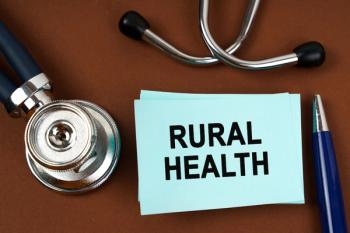
Researchers warn federal loan caps could limit pathways to medical school
New federal loan limits in the OBBBA threaten to increase medical school debt and worsen physician shortages, impacting diversity in health care.
New federal loan restrictions included in the 2025
The study, “Federal Loans Among US Medical Students, 2008-2020,” published Nov. 26 in JAMA, is the first to examine how many medical students could be affected by the borrowing limits. Researchers said the reforms may push students toward higher-interest private lenders, discourage them from choosing lower-paid specialties such as primary care or deter them from entering medicine altogether, particularly among underrepresented groups.
“The average cost of attending medical school has greatly increased in just over a decade,” said Tarun Ramesh, research fellow at the Harvard Pilgrim Health Care Institute and lead author of the study. “Federal loan restrictions could leave many medical students, especially those from low-income backgrounds, without affordable options to complete their training.”
The study used national data from the National Postsecondary Student Aid Survey to analyze federal loan usage, annual borrowing, and
Key findings include a 38% increase in the average annual cost of attending medical school between 2008 and 2020. During that same period, use of Graduate PLUS Loans — which allow borrowing up to the total cost of attendance but will be eliminated under the OBBBA — rose from 13% of medical students in 2008 to 47% in 2020.
In 2020, 40% of medical students borrowed more than $50,000 in a single year, and 14% accumulated more than $200,000 in lifetime federal debt. Both levels would be capped under the new law. Low-income and out-of-state students were the most likely to exceed both borrowing limits.
“Graduate PLUS Loans have been a financial lifeline for nearly half of all medical students,” said Hao Yu, Harvard Medical School associate professor of population medicine at the Harvard Pilgrim Health Care Institute and senior author of the study. “Eliminating this program will create substantial financial barriers for students and most likely reduce diversity in the physician workforce.”
The researchers said they hope the findings encourage policymakers and medical schools to consider the implications of the OBBBA on medical education and workforce diversity. They urge exploration of strategies such as loan forgiveness or tuition reduction to offset the new financial barriers.
Newsletter
Stay informed and empowered with Medical Economics enewsletter, delivering expert insights, financial strategies, practice management tips and technology trends — tailored for today’s physicians.

















